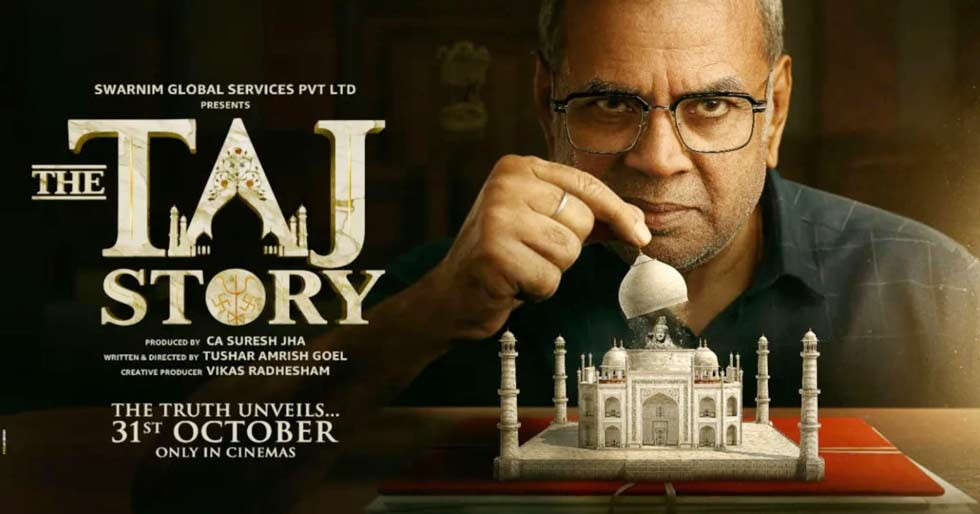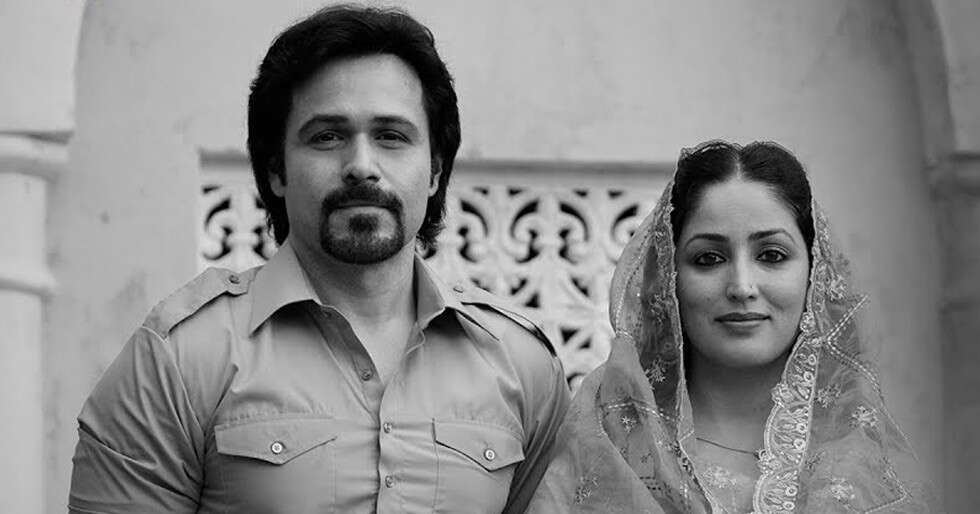The filmmakers repeatedly insisted publicly that the film “is not religious” and is “based solely on historical facts.” But when a film’s own promotional poster shows the dome of the Taj Mahal rising to reveal an idol of Shiva, it becomes extremely difficult to believe the disclaimers. It’s as if the film wants to have the freedom to provoke, without the responsibility of saying what it really claims. And that kind of double play is, to say the least, annoying. The film claims neutrality while continually feeding an ideological hunger.
Once the narrative is analyzed, it becomes clearer that the film is designed to appeal to those already primed to believe that monuments, history, and recorded evidence are suspect and should be reinterpreted through a certain civilizational lens. The film strongly suggests, without actually proving it, that the Taj Mahal was originally a Hindu structure. But instead of building a coherent argument or a persuasive case based on research, it thrives on dramatic exaggeration, courtroom theatrics, and high-decibel rhetoric. It is less a historical investigation and more a sustained insinuation.
Not even the dignified presence of Paresh Rawal can save this approach. He tries to give the character depth, seriousness and pathos, but the script refuses to engage in a genuine intellectual dialogue. He wants to win the debate by volume, not by substance. And cinema cannot become history simply because an actor speaks with passion.
This is where the film reveals its true intention: it does not attempt to examine or question history, but instead attempts to support and amplify a very specific and convenient alternative belief system. It’s a film that knows exactly who its target audience is and panders to them very consciously. It simplifies, sensationalizes and manipulates emotional identity instead of using cinematic plots to reveal the truth.
There is nothing wrong with questioning what we are taught. There is nothing wrong with challenging dominant historical narratives. But there is a huge difference between exploring possibilities and propagating a predetermined conclusion.
The Taj Story is firmly in the latter category.
The sad thing is not that the film is provocative. The sadness lies in the fact that it could have been genuinely disruptive in a constructive way, a film about how history is written, who writes it, who controls the narrative, how colonial archives shaped perception. Instead, choose the cheapest route: use heritage as a weapon to generate impact and ideological affirmation.
In the end I didn’t feel offended, but disappointed.
This is a movie that doesn’t want to ask questions. He wants to sow beliefs. And that is not a cinema that questions history. That is cinema that reinforces an agenda.
Also Read: Taj story public review: Netizens praise Paresh Rawal amid controversy



